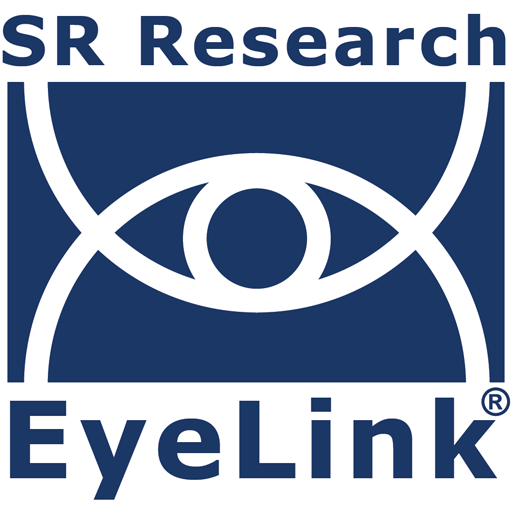CASE STUDY: Native and Non-Native Vowel Discrimination in 6-Month-Old Norwegian Infant

Language acquisition in infants is a complex process, with theories like perceptual narrowing suggesting that infants fine-tune their perception to their native language over time. Research in this area often relies on observing subtle behavioral cues from infants. The study “Native and non-native vowel discrimination in 6-month-old Norwegian infants,” by Rosslund et al. (2024) provides a compelling example of the critical role of eye-tracking technology can play in capturing these nuances.
The Rosslund et al. (2024) study aimed to investigate the discrimination of native and non-native vowel contrasts in 6-month-old Norwegian infants. Specifically, they tested the infants’ ability to discriminate a native Norwegian vowel contrast (/y-i/) and a non-native British English vowel contrast (/ʌ-æ/). Previous research had indicated that perceptual narrowing for native languages might occur after 6 months of age, leading the researchers to hypothesize that infants at this age would successfully discriminate both vowel contrasts. The study also sought to address limitations in existing literature, such as the predominance of English-speaking infant data and the need for within-infant studies examining both native and non-native discrimination.
Eye-Tracking Visual Habituation Paradigm
The researchers employed a visual habituation paradigm utilizing eye-tracking technology to measure infants’ looking times. This approach was crucial for several reasons:
- Automated and Precise Data Collection: Unlike manual coding, which can introduce variability and error, the arm-mounted EyeLink 1000 Plus eye-tracker set in monocular mode with a sampling frequency of 500 Hz allowed for fully automated and gaze-contingent data collection. This ensured a high degree of precision in capturing infants’ looking behavior, which is a primary indicator of discrimination in habituation studies.
- Sensitivity to Subtle Cues: Infant responses in speech perception tasks are often subtle. Eye-tracking’s ability to provide fine-grained sampling of gaze behavior is essential for detecting minute fluctuations in looking time that might indicate habituation to familiar stimuli or novelty preference for contrasting stimuli. This sensitivity is paramount when investigating vowel contrasts that are acoustically subtle, such as the /y-i/ contrast in Norwegian.
- Mitigating Experimenter Bias: With the experimental procedure being fully automatized and gaze-contingent, the risk of experimenter bias from manual coding was eliminated. Parents were also seated outside the infants’ field of vision and wore headphones with masking noise, ensuring that their behavior did not inadvertently influence the infants’ responses.
- Enhancing Reliability: The “hybrid” variant of the visual habituation paradigm, as used in this study, has been claimed to improve the detection of individual differences and test-retest reliability. The precision offered by eye-tracking further contributes to the robustness of the data obtained from individual infants, which is vital for understanding developmental patterns.
Negative Association Between Infants’ Native and Non-Native Vowel Discrimination Scores
Contrary to their initial predictions, the group-level analysis revealed no significant effect of trial type on infants’ looking time for either the native or non-native contrast. This suggested that, on a group level, the 6-month-old Norwegian infants did not discriminate either contrast. However, the eye-tracking data enabled crucial exploratory analyses. These analyses revealed a significant negative association between infants’ native and non-native vowel discrimination scores. This finding suggests that infants who showed better discrimination of the native vowel contrast tended to show poorer discrimination of the non-native vowel contrast, and vice-versa.
This case study underscores the indispensable role of eye-tracking technology in contemporary infant speech perception research. Its ability to provide automated, precise, and sensitive measurements of infant looking behavior allows researchers to unravel the intricate processes of language acquisition, even when dealing with subtle phonetic contrasts and individual variability. Future research in this field will continue to benefit from and likely expand upon the capabilities of such advanced observational tools.
For information regarding how eye tracking can help your research, check out our solutions and product pages or contact us. We are happy to help!
